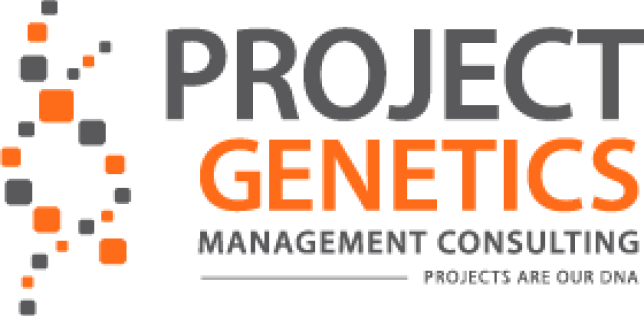Project management is a dynamic discipline that requires adaptability, foresight, and a commitment to improvement. In the ever-evolving landscape of business and technology, embracing a mindset of continuous improvement can be a game-changer for project managers. This blog will delve into the concept of continuous improvement in project management, exploring how this iterative approach can contribute to the success and longevity of projects.
Understanding Continuous Improvement:
Continuous improvement, often associated with Lean and Agile methodologies, is a philosophy that encourages ongoing enhancement of processes, products, or services. In project management, this translates into a commitment to refining workflows, methodologies, and team dynamics throughout the project lifecycle.
The Iterative Nature of Project Management:
Projects are not static; they evolve, face challenges, and encounter unforeseen circumstances. Recognizing this inherent dynamism, project managers can implement continuous improvement cycles to refine strategies and tactics. Whether it’s adopting lessons learned from previous projects or adjusting current methodologies based on real-time feedback, an iterative approach allows for agility and responsiveness.
Key Components of Continuous Improvement in Project Management:
Regular Reflection and Assessment:
-Schedule regular retrospectives to evaluate project phases.
-Identify successes, challenges, and opportunities for improvement.
Encourage open communication and feedback among team members.
Implementing Lessons Learned:
-Create a knowledge repository for documenting lessons learned.
-Apply insights from past projects to enhance current and future endeavors.
-Foster a culture that values learning from both successes and failures.
Adopting Agile Methodologies:
-Embrace Agile frameworks for their iterative and collaborative nature.
-Break down projects into smaller, manageable sprints with frequent reassessment.
-Utilize tools like Scrum or Kanban to enhance project visibility and adaptability.
Investing in Professional Development:
-Encourage ongoing training and skill development for project teams.
-Stay abreast of industry best practices and emerging trends.
-Foster a culture of continuous learning to keep the team’s skills and knowledge current.
Benefits of Continuous Improvement in Project Management:
-Enhanced Flexibility and Adaptability
-Quick response to changes in project scope or priorities.
-Increased ability to pivot strategies based on evolving requirements.
Optimized Efficiency:
-Streamlined processes lead to more efficient workflows.
-Reduction in unnecessary delays or bottlenecks.
Improved Stakeholder Satisfaction:
-Proactive identification and resolution of issues.
-Increased transparency through regular communication and feedback.
Higher Success Rates:
-Projects are more likely to meet or exceed expectations.
-Greater adaptability to unforeseen challenges ensures successful project delivery.
Continuous improvement is not just a buzzword; it is a mindset that has the power to transform project management. By integrating this philosophy into the DNA of project teams, organizations can foster a culture of excellence, ensuring that each project becomes a stepping stone for the next. Embracing the iterative nature of continuous improvement can elevate project success, enhance team morale, and position an organization as a leader in the ever-evolving landscape of project management.



